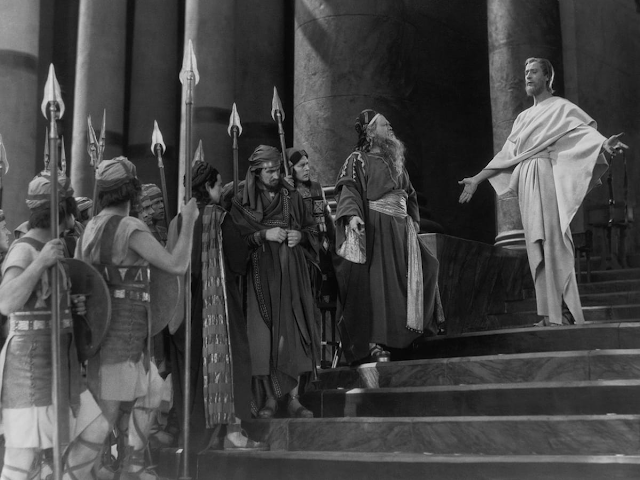The Ten Commandments (1956)

Cecil B. DeMille's "The Ten Commandments" In 1914, Cecil B. DeMille made the first feature length film ever filmed in Hollywood, California. Over 40 years later, DeMille would make his final Hollywood film, " The Ten Commandments ." Not only would this be his last film he ever made, it was his longest, him most expensive, his greatest box office success, and his most celebrated work. The film is actually a remake of a film he made over 30 years prior. However, in the 1923 version of " The Ten Commandments ," only the exodus of the Hebrews are shown i.e. - the parting of the red sea and the receiving of the Ten Commandments. This version of the story covers from Moses's birth to the receiving on the ten commandments. The 1956 version of " The Ten Commandments " feels like a culmination of all of DeMille's work. The themes, sets, spectacle, and grandiosity are all 'DeMillian' in a sense, but they are all their most excellent ...








